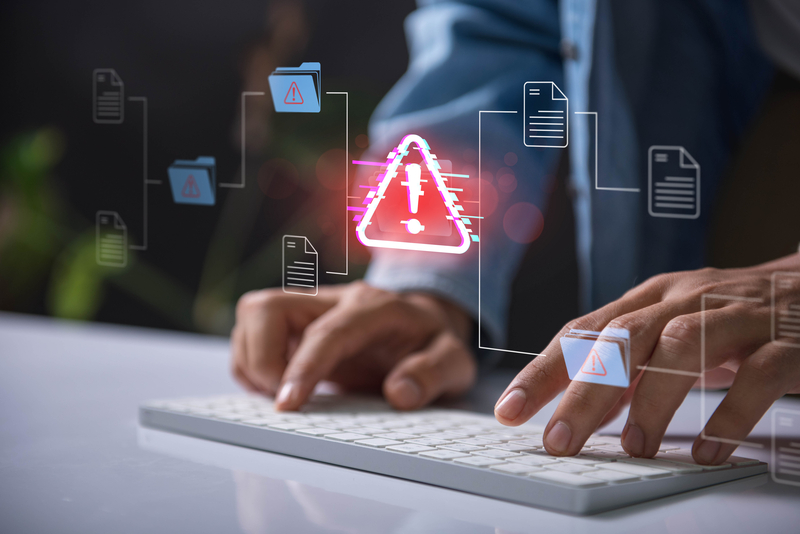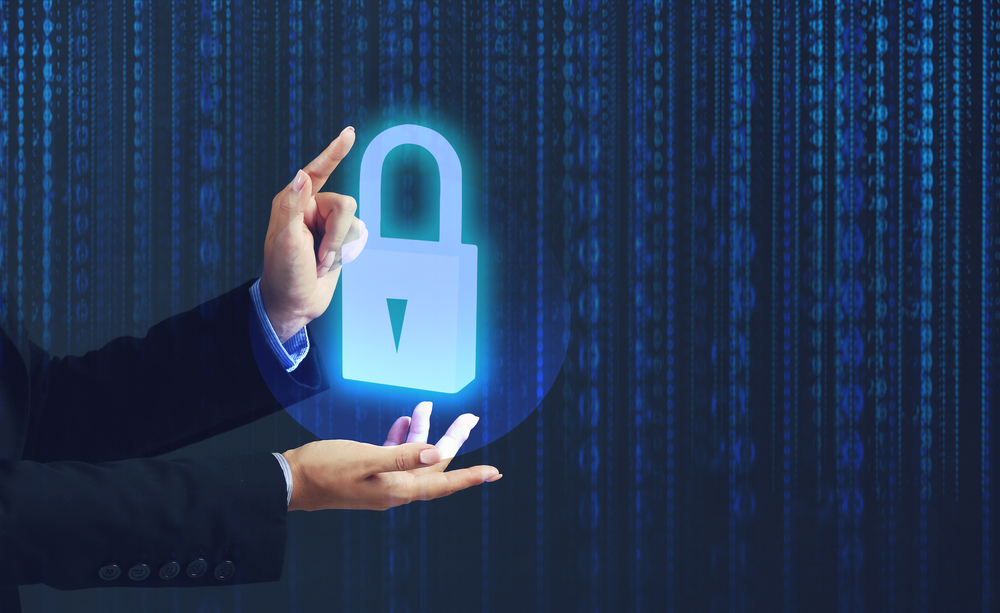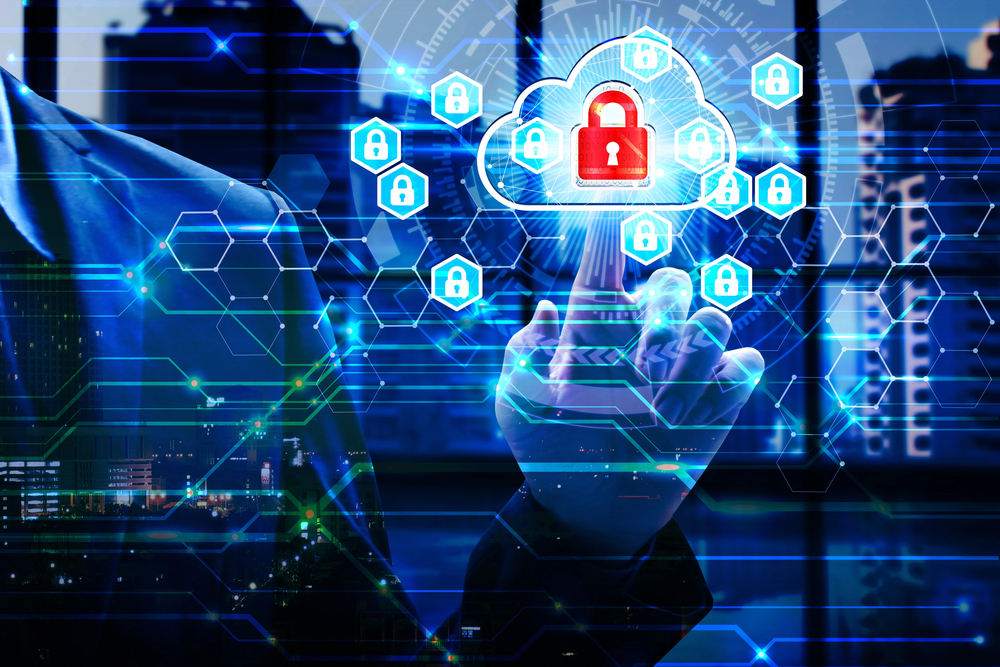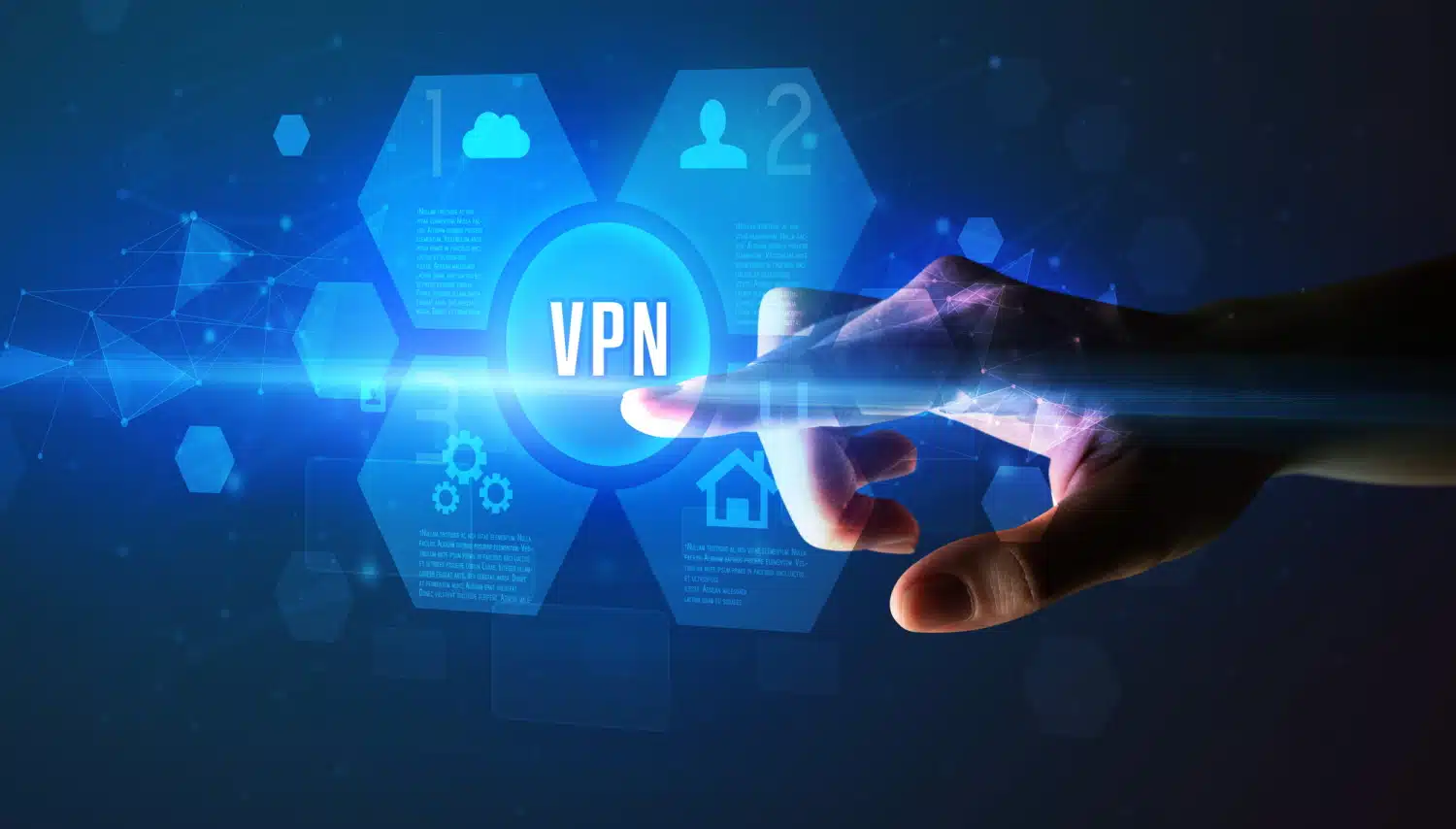
Enterprises under growing pressure to demonstrate readiness for cyber threats
A new study commissioned by Immersive Labs shows 96 percent of cyber leaders believe effectively communicating cyber-readiness to senior leadership and boards will be crucial in 2025, driven by regulatory compliance requirements and an increase in attacks.
The survey conducted by Sapio Research reveals that 49 percent of those surveyed report having experienced a cyberattack in the past year.

Regulated industry execs say security detection tech falls short
A new report reveals that 74 percent of IT security directors in regulated industries in the US and UK find detection-based security technologies outdated and inadequate.
The study from Everfox shows more than three-quarters of those polled believe security teams in regulated industries must shift their mindset from detecting threats to preventing them. 62 percent agree that AI and emerging malicious actor trends are increasing attack sophistication.

AI romance scams are exploding on dating apps ahead of Valentine’s Day -- here’s how to avoid getting tricked
Valentine’s Day should be a time for love, but sadly, these days it is also an opportunity for digital tricksters to pull scams. Recent insights from McAfee shows that AI bots, celebrity impostors, and misleading dating apps are on the rise, complicating the quest for true love online.
Dating apps are super popular nowadays, with over 60 percent of folks using them or social media to find love. If you’re in the 18-24 demographic, you’re likely swiping through Tinder, Snapchat, or TikTok in search of a connection. But be warned, scammers are using AI to spin convincing tales of romance.

1Password takes pole position with F1 team
Identity security company 1Password is announcing that it will become Oracle Red Bull Racing's exclusive cybersecurity partner in a multi-year deal.
The Formula 1 team will implement 1Password Extended Access Management to strengthen its security posture and safeguard critical information across devices, applications, and locations. The 1Password branding will also be shown on the steering wheel screen of both Max Verstappen and Liam Lawson’s RB21 cars.

Number of active dark web ransomware groups up 38 percent in 2024
A total of 94 ransomware groups listed victims in 2024 (a 38 percent increase on 2023) with 49 new groups observed, according to a new report, reflecting further complexity in the ransomware landscape.
The study from Searchlight Cyber also finds an 11 percent increase in the number of total victims posted on ransomware leak sites in 2024 (5,728) compared to 2023 (5,081).

Sophisticated attack strategies target smaller businesses
Hackers are taking the methods and strategies tested on larger companies and applying them to organizations of every size.
Advanced evasion techniques -- once exclusive to advanced persistent threats -- have become the new normal, according to the latest threat report from Huntress. Techniques include endpoint detection and response (EDR) tampering, bring your own vulnerable driver (BYOVD) privilege escalations, and User Account Control (UAC) bypasses.

Incorporating 'secure by design' into the software supply chain [Q&A]
Developers historically have not been all that security savvy, but as software supply chain security becomes a larger and larger problem every day, enterprises are going to need to secure packages before they are put into production environments.
We spoke to Phylum CEO, Aaron Bray, to learn more about 'secure by design' and how it can make sure developers are being taught security as part of their development and training process and are also being provided with the necessary resources to code securely from the beginning.

Shaping the future of cloud security with CNAPP [Q&A]
As cloud environments become complex, security teams face increasing challenges in detecting, prioritizing, and addressing risks.
While cloud security posture management (CSPM) tools were created to provide visibility into cloud configurations and cloud workload protection platforms (CWPP) to manage threats to cloud workloads, they created gaps in providing holistic context that enables efficient risk management and didn't extend across the full software development life cycle (SDLC).

Phishing up almost 50 percent since 2021 with AI attacks on the rise
The latest Phishing Trends Report from Hoxhunt -- based on a global sample size of 2.5 million email users, 50 million phishing simulations, and millions of real phishing attacks -- shows a 49 percent increase in phishing since 2021, driven partly by the rise of blackhat AI.
Among the findings are that between 0.7 percent and 4.7 percent of reported phishing attempts are written by AI. This may seem low but to put it into context numbers of AI phishing attempts were negligible six months earlier. Highly targeted, AI-enabled spear phishing attacks with multiple links in the kill chain are on the rise.

Unpatched software: The silent gateway to cyber attacks and how AI-driven solutions can close the gap
Modern enterprises are under fire from all angles. Attackers have become increasingly sophisticated and persistent in how they target enterprise data and systems. But as the threat landscape has evolved and become more complex, one tried and true method for malicious attackers stands out as a weak point for nearly every enterprise attack surface: outdated software. As much as patch management has advanced in recent years, the fact remains that most organizations struggle to deploy patches consistently and effectively, and that leaves systems exposed to cyber attacks.
Cybercriminals have become quite adept at exploiting unpatched software, using it as an easy entry point into enterprise networks. Malicious actors have developed an incredibly sophisticated understanding of where enterprise weak points are. In fact, most criminal operators have a deeper understanding of enterprise attack surfaces than the security teams tasked with defending them. Enterprise networks often consist of hundreds of thousands of IT assets, and every single unpatched instance represents an opportunity for attackers to compromise data and operations.

Elections and increasing censorship spark hike in VPN use
With authoritarian governments increasingly turning to censorship to silence dissent, limit information, and manipulate public opinion, it's perhaps not surprising that more people are turning to VPNs.
A new report from Proton VPN finds 2024 saw spikes in signups in 119 countries, including six countries with at least one spike in signups of over 5,000 percent, and four countries with at least one spike in signups of over 10,000 percent.

Over half of UK financial institutions suffer third-party supply chain attacks
New research from Orange Cyberdefense shows that 58 percent of large UK financial services firms suffered at least one third-party supply chain attack in 2024, with 23 percent being targeted three or more times.
The research suggests that firms must re-evaluate how they assess third-party risk. 44 percent of FS institutions only assess third-party risk during the initial supplier onboarding stage, while a similar proportion (41 percent) perform periodic risk assessments. Crucially, just 14 percent follow the gold standard of continuously assessing risk and using dedicated third-party risk management tools.

Rate of DMARC adoption doubles thanks to bulk sender requirements
A year on from Google and Yahoo implementing stricter requirements for bulk email senders, the rate of DMARC adoption has more than doubled.
A new study from Red Sift, based on the tracking of 72.85 million apex domains, shows the number of organizations adopting DMARC is up 2.32 million as of 18 December 2024.

Phishing-as-a-Service kits see a surge as threat actors target weaknesses
A new report from LevelBlue reveals an increase in the use of Phishing-as-a-Service (PhaaS) kits, with business email compromise (BEC) remaining the most common form of
attack.
Because PhaaS kits are increasingly accessible, it's easier for threat actors to carry out advanced phishing attacks with minimal technical knowledge. According to the LevelBlue Threat Trends Report, there's a new PhaaS, known as RaccoonO365, on the block too. This kit uses methods that can intercept user credentials and multi-factor authentication (MFA) session cookies to bypass these common defensive measures.

Data breaches in UK legal sector up over a third
Analysis by NetDocuments of information collected by the UK Information Commissioner's Office (ICO) reveals a sharp increase in data breaches across the UK legal sector.
The report shows that in the period between Q3 2023 and Q2 2024, the number of identified data breaches in the UK legal sector rose by 39 percent (2,284 cases were reported to the ICO, compared to 1,633 the previous year).
